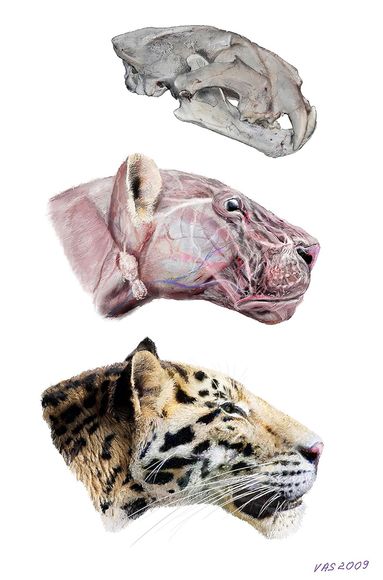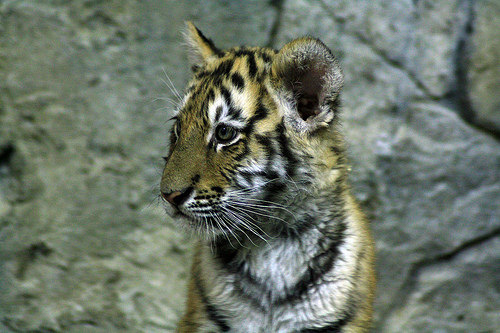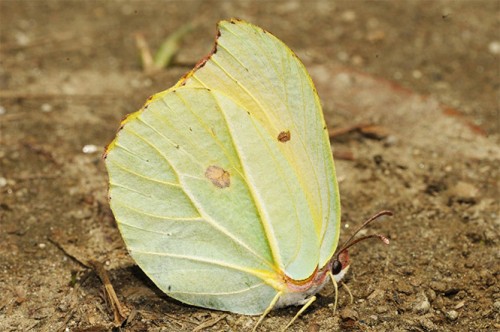RESEARCH: In a ground breaking news, a group of scientists announced the successful completion of the full genome sequencing of the tiger. The data collected from the tiger genome will now form the basis of all future genetic studies related to conservation of the highly endangered species of big cats.
The complete genome sequencing of a species describes the arrangement of all the genes on a single pair of chromosomes of the species. It is essentially a complete blueprint or map of the genetic makeup of the species. Genome sequencing helps scientist better understand the species’ genetic diversity, how it interacts with its environment, and also its ability to adapt and evolve.
The research which was published in Nature Communications was based in South Korea but the scientists worked in collaboration with scientists in Russia, the US, China, South Africa, Namibia, The Netherlands, India, Denmark, Mongolia, and Saudi Arabia.
Boost to Conservation
The task of sequencing the complete tiger genome was taken up at the Tiger Conservation Colloquium that was held in St. Petersburg in 2010. The event, which was hosted by Russian President Vladimir Putin, discussed the objective of doubling the global tiger population by 2022.
The team which worked on the project included fifteen scientists from five different countries, led by Jong Bhak of Genome Research Foundation in South Korea.
Together the team decoded as many as 3 billion nucleotides (organic molecules that form the basic building blocks of nucleic acids such as DNA), and identified 20,000 genes that affect the various functions of the tiger.
“This is a significant milestone as far as tiger conservation is concerned. Till now, genetic studies on the tiger were focused mostly on single functions or genetic aspects. This is the first time that the entire genome sequencing has been completed,” said Priyavrat Gadhvi, a biotechnologist from Ahmedabad who was the only Indian participant in the project.
The team has decided to make the research data available to the public for further research.
“We want to make this information available to all researchers interested in and focused on conservation work,” Bhak said. “Our tiger reference genome can be used as the basis for comparing all the tigers in the world, so that we know their genetic diversity, and we can actually have a plan of how we can breed tigers effectively [in zoos] to save the genetic diversity,” he added.
The preservation of tiger populations in the wild, which is currently estimated as less than 3,200 individuals, is a prime concern for animal conservationists worldwide. India is home to the highest number of wild tigers and is the most important Tiger Range Country in the world.
Other Big Cat Genomes also Sequenced
For the project, Taegeuk, a nine year old male tiger from Everland Zoo in South Korea was used as the subject. Following the tiger genome sequencing, the team also sequenced the DNA of African lion, white Bengal tiger, white African lion, and snow leopard in order to compare how the genes matched up in different members of the cat family.
Genetic signatures will help scientists understand some of the following traits,
- How the big cats gained their superior muscle strength,
- Their keen sense of smell,
- The ability to digest large quantities of meat,
- Their evolution history,
- Differences in the subspecies of the wild cat,
- Comparative traits with other wild cats,
and many other attributes.
The research also throws light on how the white lion gained its pale coat, and also how the snow leopard adapted to its snowy mountain habitat.

Some argue that given the rate of current advances in cloning technology, a full genome sequence can be viewed as species’ “insurance policy” that will guarantee that it doesn’t become extinct. But even as we advance our cloning and sequencing methods, the availability of a genetic sequence is no guarantee of long-term species survival, especially for an organism that inhabits a unique and threatened habitat, or a narrow niche.
But this breakthrough research can surely be said to be a turning point in tiger conservation, increasing our knowledge of the animal at the minutest level and thus giving limitless possibilities of understanding and saving it.
More Related Stories,
Poor Genes a Threat to Future of Tigers
8 Reasons Why Tigers are Dying
Lovely Lantana spelling Doom for Tigers
Image via cc/Flickr by GollyGForce and National Geographic







One thought on “Breakthrough: Scientists Successfully Sequence Entire Tiger Genome”